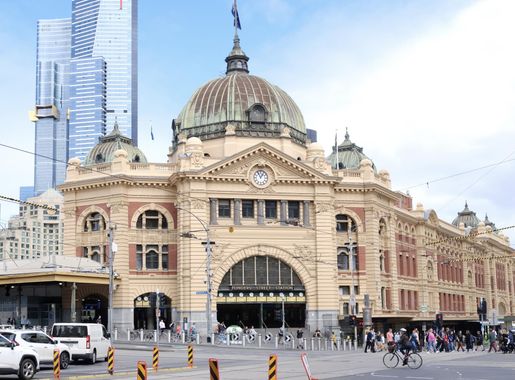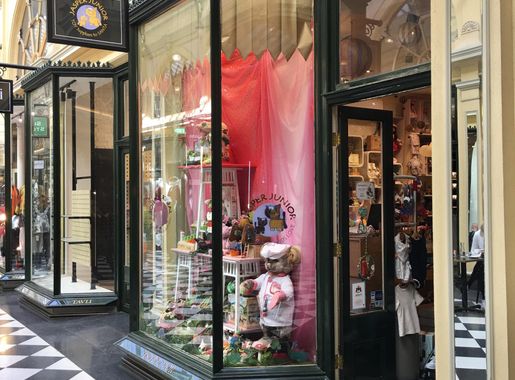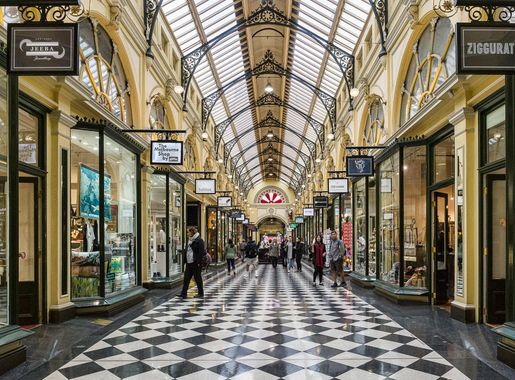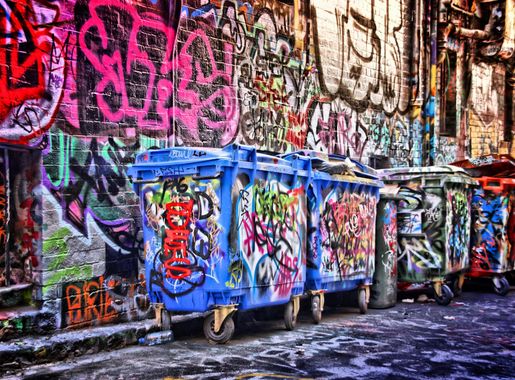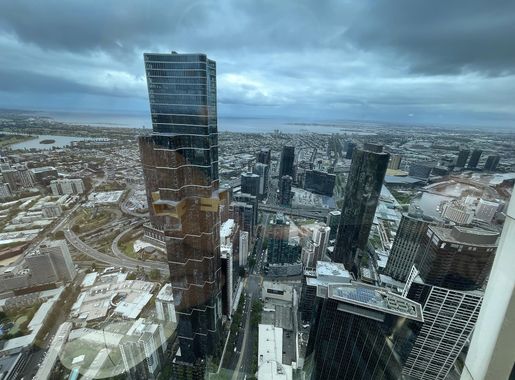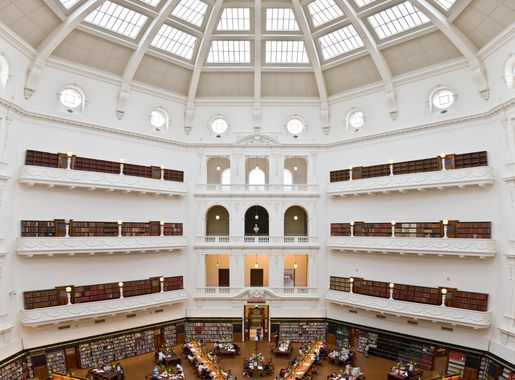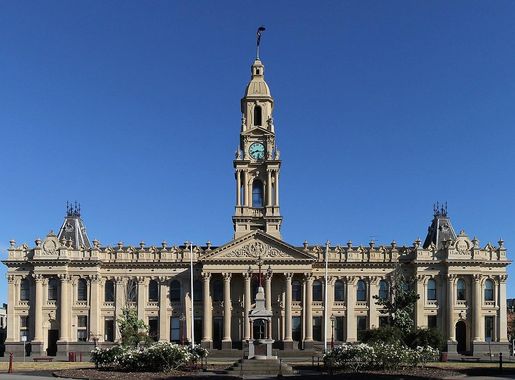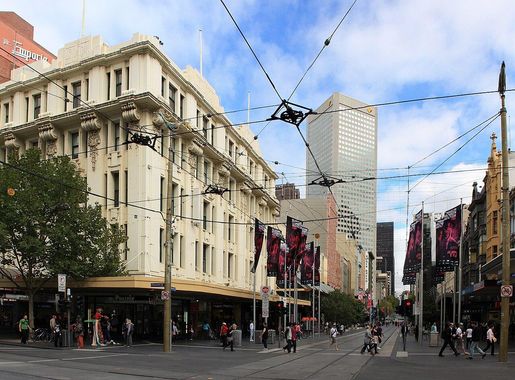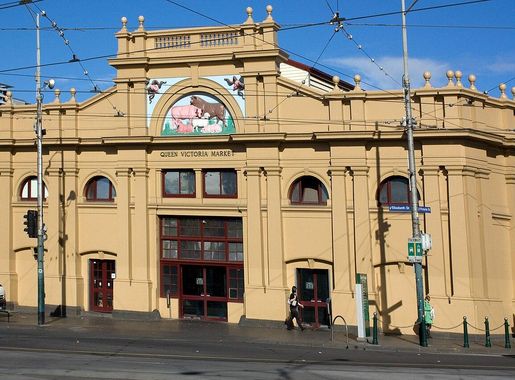
The Heartbeat of Melbourne: Central Business District (CBD)
Explore Melbourne's CBD - a bustling blend of historic charm, modern architecture, diverse cuisine, and rich cultural landmarks, all within a vibrant urban setting.
The Central Business District (CBD) in Melbourne is a vibrant, bustling area that serves as the city's main hub of activity. With its mix of modern skyscrapers, historic architecture, and cultural landmarks, the CBD offers a unique blend of old and new. Visitors will find an array of attractions within walking distance, making it an ideal destination for tourists seeking to immerse themselves in Melbourne's dynamic atmosphere. Stroll through the streets and discover a variety of shopping options, from high-end boutiques to quirky local stores. The CBD is also renowned for its culinary scene, boasting a diverse range of restaurants, cafes, and street food vendors. Whether you're in the mood for fine dining or a quick bite, the CBD has something to satisfy every palate. In addition to its commercial appeal, the CBD is home to several major cultural institutions, including the National Gallery of Victoria, the Melbourne Museum, and Federation Square. These landmarks offer a glimpse into the city's rich history and vibrant arts scene. For those who enjoy the outdoors, the nearby Royal Botanic Gardens provide a peaceful escape from the urban hustle and bustle. With its lively atmosphere and endless attractions, the CBD is a must-visit destination for anyone traveling to Melbourne.
Local tips in CBD - Central Business District
- Visit the Queen Victoria Market early in the morning for the freshest produce and unique local products.
- Take advantage of the free city circle tram to easily navigate the CBD and see the main attractions.
- Book tickets in advance for popular attractions like the Eureka Skydeck to avoid long wait times.
- Wear comfortable walking shoes, as the best way to explore the CBD is on foot.
The Heartbeat of Melbourne: Central Business District (CBD)
The Central Business District (CBD) in Melbourne is a vibrant, bustling area that serves as the city's main hub of activity. With its mix of modern skyscrapers, historic architecture, and cultural landmarks, the CBD offers a unique blend of old and new. Visitors will find an array of attractions within walking distance, making it an ideal destination for tourists seeking to immerse themselves in Melbourne's dynamic atmosphere. Stroll through the streets and discover a variety of shopping options, from high-end boutiques to quirky local stores. The CBD is also renowned for its culinary scene, boasting a diverse range of restaurants, cafes, and street food vendors. Whether you're in the mood for fine dining or a quick bite, the CBD has something to satisfy every palate. In addition to its commercial appeal, the CBD is home to several major cultural institutions, including the National Gallery of Victoria, the Melbourne Museum, and Federation Square. These landmarks offer a glimpse into the city's rich history and vibrant arts scene. For those who enjoy the outdoors, the nearby Royal Botanic Gardens provide a peaceful escape from the urban hustle and bustle. With its lively atmosphere and endless attractions, the CBD is a must-visit destination for anyone traveling to Melbourne.
Iconic landmarks you can’t miss
Melbourne Skydeck
Experience the breathtaking heights of Melbourne Skydeck for stunning panoramic views and a unique perspective of Australia's cultural capital.
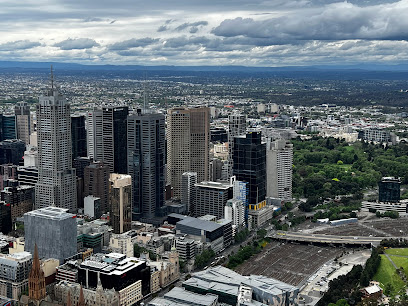
Chinatown Melbourne
Explore the vibrant streets of Chinatown Melbourne, where rich culture meets tantalizing cuisine in one of the oldest Chinatowns in the world.

Old Melbourne Gaol
Explore the haunting history of the Old Melbourne Gaol, where notorious criminals once roamed, and discover the dark tales of Australia's penal past.
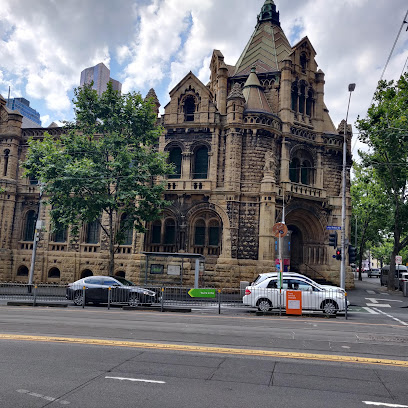
Fed Square
Experience Melbourne's vibrant cultural heart at Fed Square, a hub of art, events, and community activities in a stunning architectural setting.
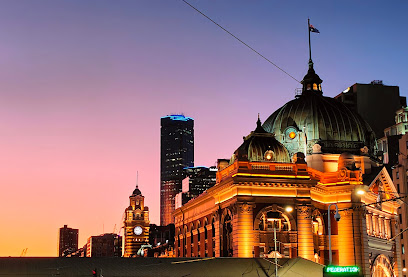
Old Treasury Building
Discover Melbourne's rich history at the Old Treasury Building, an iconic landmark showcasing the city’s fascinating past through engaging exhibits.
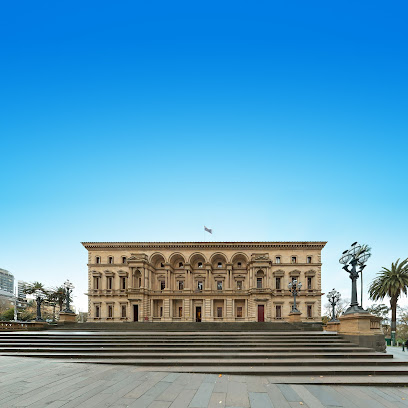
The Melbourne Central Clock
Discover the Melbourne Central Clock, an iconic landmark blending history, culture, and modern shopping in the heart of Melbourne.

Manchester Unity Building
Explore the Manchester Unity Building, a stunning historical landmark in Melbourne, showcasing exquisite architecture and rich cultural heritage.
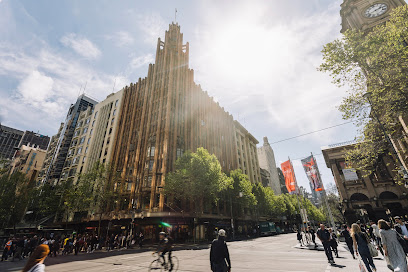
Nicholas Building
Explore the Nicholas Building: Melbourne's Heritage Jewel and Creative Hub in the Heart of the City.
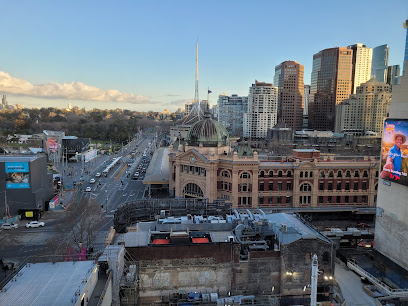
Shot Tower Museum
Explore Melbourne's industrial history at the Shot Tower Museum, a captivating attraction showcasing the art of shot production in a stunning 19th-century tower.

Eight Hour Day Monument
Explore Melbourne's Eight Hour Day Monument, a historical landmark celebrating the fight for workers' rights in a serene park setting.
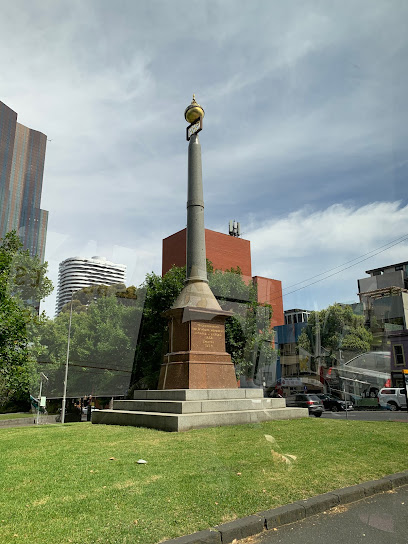
Unmissable attractions to see
Melbourne Skydeck
Discover breathtaking views of Melbourne's skyline at the Skydeck, the highest observation deck in the Southern Hemisphere, perfect for unforgettable memories.
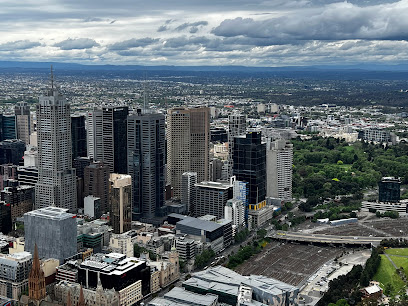
Parliament Gardens
Explore the beautiful Parliament Gardens, Melbourne's lush oasis filled with history, tranquility, and stunning landscapes perfect for relaxation.
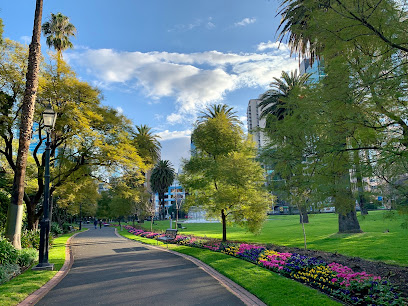
The Melbourne Central Clock
Experience the charm and history of Melbourne Central Clock, a stunning landmark blending modernity and tradition in the heart of Melbourne.
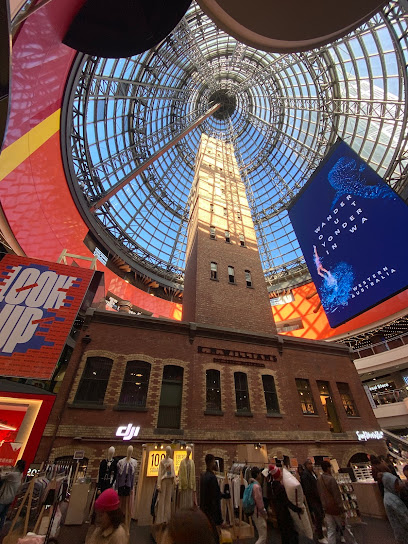
Shot Tower Museum
Explore Melbourne's industrial heritage at the Shot Tower Museum, a unique attraction located within the bustling Melbourne Central shopping precinct.

Eight Hour Day Monument
Explore Melbourne's Eight Hour Day Monument, a profound symbol of the labor movement and a peaceful parkland retreat in the heart of the city.
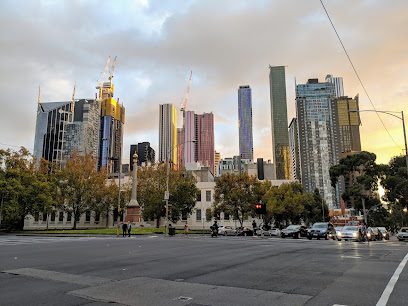
Gillis Alley Street Art
Experience the colorful expressions of Gillis Alley Street Art, a vibrant outdoor gallery in Melbourne that showcases the city's dynamic street art culture.

Essential places to dine
Supernormal
Discover Supernormal: Melbourne's ultimate destination for Asian Fusion cuisine combining modern Australian flavors in a vibrant setting.
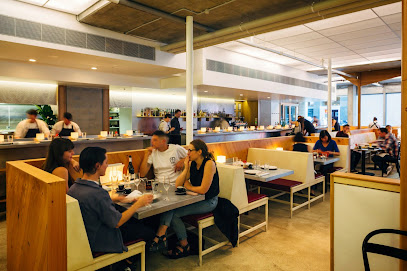
Rice Paper Scissors
Discover the vibrant flavors of Southeast Asia at Rice Paper Scissors in Melbourne—a culinary gem known for its lively atmosphere and exquisite dishes.

Red Spice Road
Discover the authentic tastes of Thailand and Vietnam at Red Spice Road, Melbourne's premier Southeast Asian restaurant.
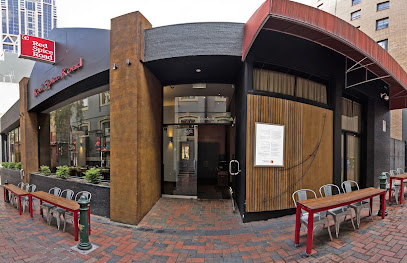
The George on Collins
Experience the best of Asian cuisine and vibrant cocktails at The George on Collins in Melbourne's bustling city center.
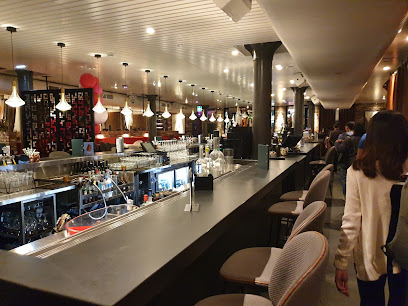
Maha Restaurant
Experience authentic Middle Eastern cuisine at Maha Restaurant in Melbourne – where every dish tells a story.
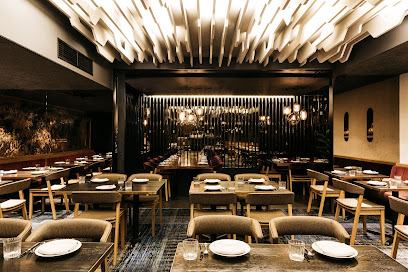
Cumulus Inc.
Discover contemporary Australian dining at Cumulus Inc., where fresh ingredients meet innovative culinary artistry in the heart of Melbourne.
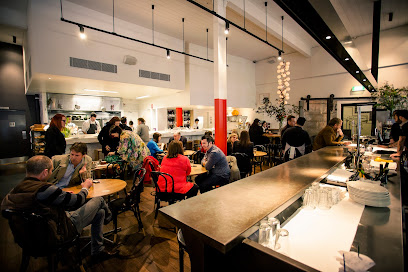
Lucy Liu Kitchen and Bar
Experience authentic Asian flavors in a modern setting at Lucy Liu Kitchen and Bar - Melbourne's culinary hotspot for food enthusiasts.
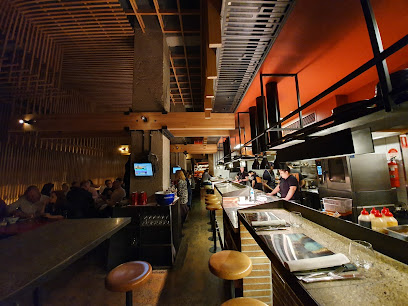
Sezar Restaurant
Experience authentic Armenian flavors at Sezar Restaurant in Melbourne's CBD, where tradition meets contemporary dining.
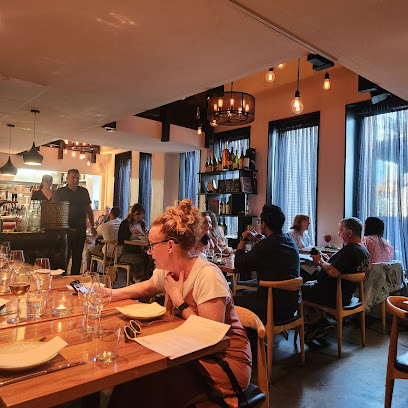
Ginger Olive | Restaurant and Grill
Discover Ginger Olive: A unique fusion restaurant in Melbourne offering delectable Asian-inspired dishes and grill favorites.
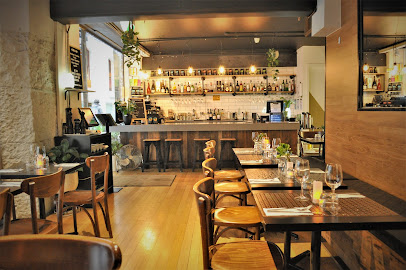
Punch Lane Wine Bar & Restaurant
Discover Punch Lane Wine Bar & Restaurant: A fusion of modern Australian flavors and exquisite wines in Melbourne's culinary heart.
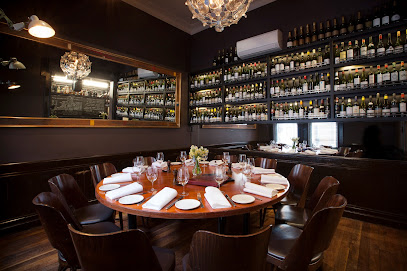
Markets, malls and hidden boutiques
Melbourne Central
Explore the iconic Melbourne Central, a shopping haven with a mix of high-end fashion, local boutiques, and diverse dining options in the heart of Melbourne.
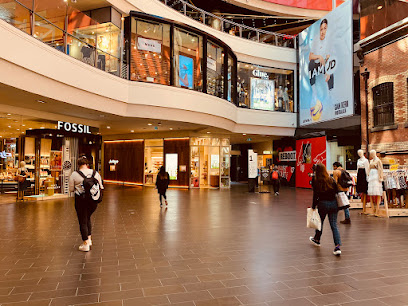
QVWC SHOP!
Explore the QVWC Shop in Melbourne for unique handcrafted gifts that celebrate local artistry and culture.
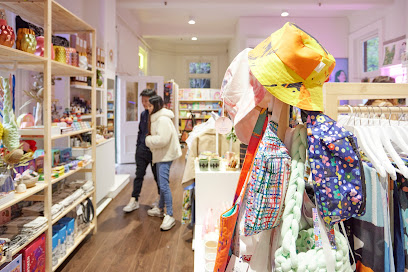
Mr Wares
Explore the eclectic charm of Mr Wares, a unique gift shop in Melbourne's historic Block Arcade, offering local treasures and delightful finds.

Spoilt Gift & Homewares
Explore Spoilt Gift & Homewares in Melbourne for unique gifts and souvenirs that capture the essence of Australia.

Monsterthreads Gift Shop Collins Street Melbourne
Explore Melbourne's Monsterthreads Gift Shop for unique gifts, clothing, and souvenirs that embody the city's vibrant spirit.
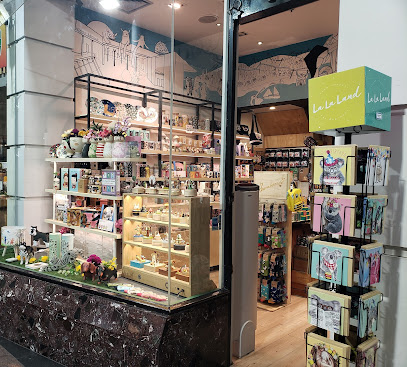
MOOII Melbourne Central
Explore MOOII Melbourne Central for unique gifts and high-quality souvenirs, reflecting the charm and creativity of Melbourne's vibrant culture.
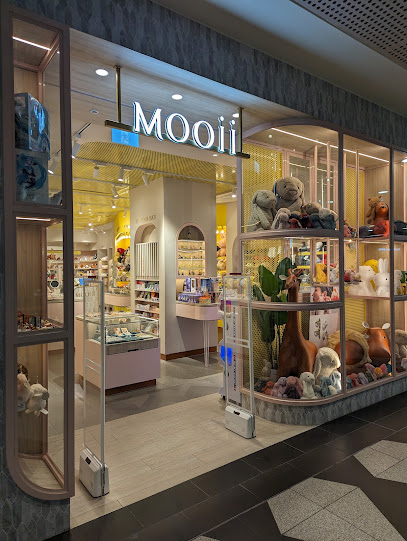
Inspo home
Discover unique gifts and exquisite homewares at Inspo Home, Melbourne's cherished gift shop reflecting the city's vibrant spirit and craftsmanship.
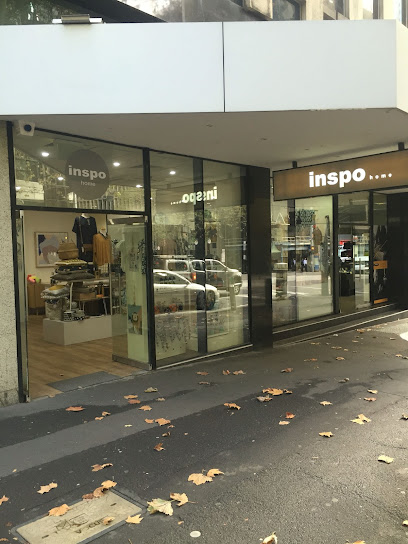
Oz Best Gift Store
Explore Oz Best Gift Store in Melbourne for unique gifts and local treasures that reflect the city's vibrant culture and creativity.
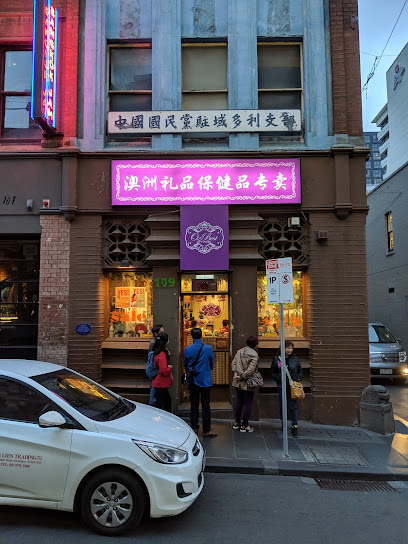
Mu Shop
Explore Mu Shop in Melbourne for unique gifts and locally crafted treasures that showcase the vibrant culture of Australia.

Paris in Melbourne
Experience the charm of Paris in Melbourne with unique gifts and souvenirs, reflecting a touch of French elegance in every corner.

Essential bars & hidden hideouts
Boilermaker House
Experience the best of Melbourne's bar culture at Boilermaker House, where craft beer and cocktails meet a warm inviting atmosphere.
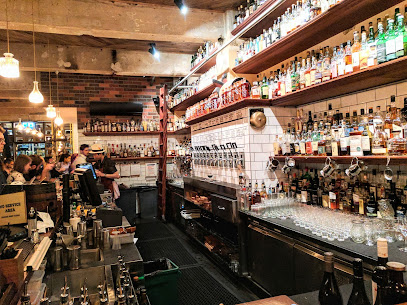
State of Grace
Discover State of Grace, Melbourne's premier cocktail bar, where exquisite drinks meet a vibrant atmosphere for an unforgettable experience.

Heartbreaker
Experience Melbourne's nightlife at Heartbreaker, a stylish bar known for its creative cocktails and vibrant atmosphere that keeps the night alive.
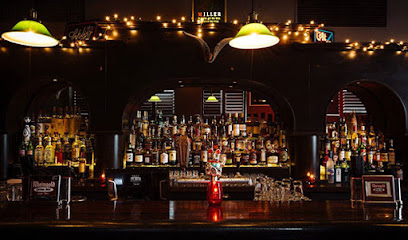
Workshop Bar
Experience Melbourne's nightlife at Workshop Bar, where expertly crafted cocktails and a vibrant atmosphere await every visitor.

Goldilocks Bar
Experience Melbourne's nightlife at Goldilocks Bar, a rooftop oasis offering stunning views and an exquisite cocktail selection.
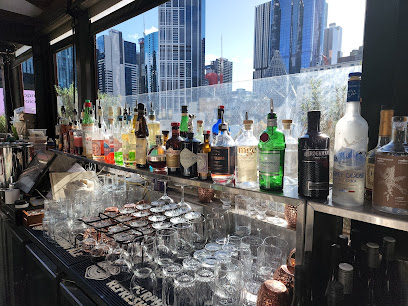
Chuckle Park Bar
Explore the vibrant nightlife of Melbourne at Chuckle Park Bar, where cocktails and wines create unforgettable moments in a charming atmosphere.
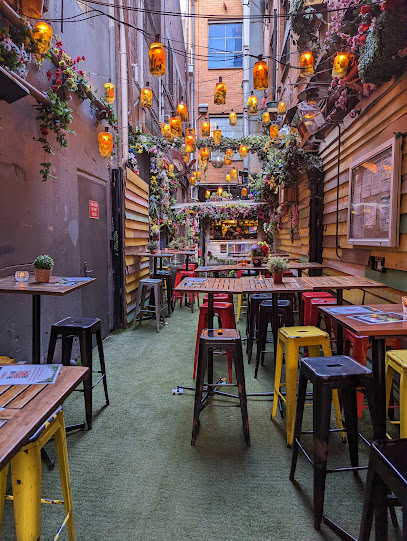
Cabinet Bar & Balcony
Discover Melbourne's vibrant nightlife at Cabinet Bar & Balcony, where cocktails and culinary delights create an unforgettable experience.
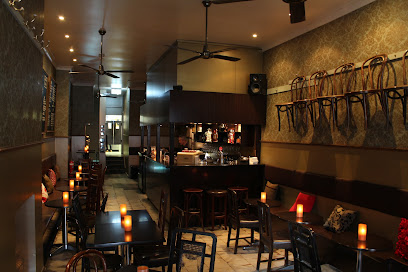
Lily Blacks
Discover the allure of Lily Blacks, Melbourne's cocktail haven where every sip transports you to a world of exquisite flavors and charming ambiance.
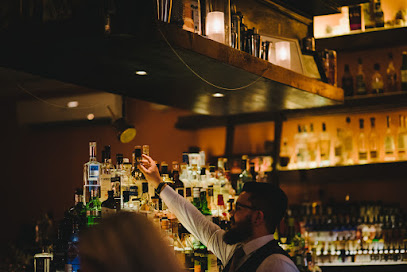
Murmur Piano Bar
Experience the enchanting ambiance of Murmur Piano Bar, where live music and exquisite cocktails create unforgettable moments in Melbourne.

Double Happiness
Discover the vibrant cocktail bar Double Happiness in Melbourne, where innovative drinks meet a lively atmosphere for an unforgettable night out.
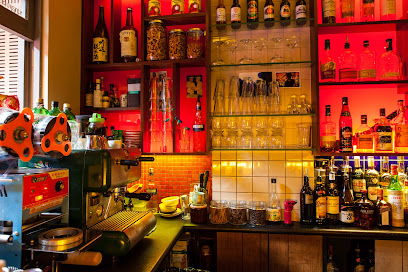
Local Phrases
-
- HelloG'day
[g'day] - GoodbyeCatch ya later
[catch ya later] - YesYeah
[yeah] - NoNah
[nah] - Please/You're welcomeCheers
[cheers] - Thank youTa
[ta] - Excuse me/SorrySorry mate
[sorry mate] - How are you?How ya going?
[how ya going] - Fine. And you?Good. You?
[good you] - Do you speak English?Speak English?
[speak english] - I don't understandI'm lost mate
[I'm lost mate]
- HelloG'day
-
- I'd like to see the menu, pleaseCan I have a squiz at the menu?
[can I have a squiz at the menu] - I don't eat meatI'm vego
[I'm vego] - Cheers!Cheers!
[cheers] - I would like to pay, pleaseCan I settle the bill?
[can I settle the bill]
- I'd like to see the menu, pleaseCan I have a squiz at the menu?
-
- Help!Bloody help!
[bloody help] - Go away!Piss off!
[piss off] - Call the Police!Get the cops!
[get the cops] - Call a doctor!Get a doc!
[get a doc] - I'm lostI'm buggered
[I'm buggered] - I'm illI'm crook
[I'm crook]
- Help!Bloody help!
-
- I'd like to buy...I'm keen to buy...
[I'm keen to buy] - I'm just lookingJust browsing, thanks
[just browsing thanks] - How much is it?How much for this?
[how much for this] - That's too expensiveCrikey, that's steep
[crikey that's steep] - Can you lower the price?Any chance of a discount?
[any chance of a discount]
- I'd like to buy...I'm keen to buy...
-
- What time is it?What's the time?
[what's the time] - It's one o'clockIt's one
[it's one] - Half past (10)Half ten
[half ten] - MorningArvo
[arvo] - AfternoonArvo
[arvo] - EveningArvo
[arvo] - YesterdayYesty
[yesty] - TodayToday
[today] - TomorrowTomoz
[tomoz] - 1One
[one] - 2Two
[two] - 3Three
[three] - 4Four
[four] - 5Five
[five] - 6Six
[six] - 7Seven
[seven] - 8Eight
[eight] - 9Nine
[nine] - 10Ten
[ten]
- What time is it?What's the time?
-
- Where's a/the...?Where's the...?
[where's the] - What's the address?What's the addy?
[what's the addy] - Can you show me (on the map)?Can ya point me in the right direction?
[can ya point me in the right direction] - When's the next (bus)?When's the next bus?
[when's the next bus] - A ticket (to ....)A ticket to...
[a ticket to]
- Where's a/the...?Where's the...?
History of CBD - Central Business District
-
Long before European settlement, the area now known as Melbourne's Central Business District (CBD) was inhabited by the Wurundjeri people, part of the Kulin Nation. They lived along the Yarra River, utilizing the land for hunting and gathering. The region's rich resources supported a vibrant culture with deep spiritual connections to the land.
-
Melbourne was officially founded in 1835 by pastoralist John Batman and his party. The settlement quickly grew in importance, leading to its designation as the capital of the Port Phillip District in 1837. The CBD's grid layout, designed by surveyor Robert Hoddle in 1837, laid the groundwork for what would become one of the world's most livable cities.
-
The discovery of gold in Victoria in 1851 triggered a massive influx of immigrants to Melbourne, turning it into a bustling metropolis. The CBD expanded rapidly during this time, with the construction of grand buildings, such as the Royal Exhibition Building in 1880. This period marked Melbourne's ascent as a major economic hub in Australia.
-
The late 19th century saw a surge in architectural development within the Melbourne CBD, characterized by the construction of Victorian-era buildings. Iconic structures such as the State Library of Victoria, the Melbourne Town Hall, and the Parliament House were built during this time, reflecting the wealth and ambition of the burgeoning city.
-
The early to mid-20th century brought significant changes to the CBD, including the rise of skyscrapers and modern architecture. The introduction of trams and the expansion of public transport systems transformed urban mobility. This era also witnessed Melbourne hosting the 1956 Olympic Games, further solidifying its status on the global stage.
-
In the late 20th century, Melbourne's CBD underwent a cultural renaissance, with a focus on arts, music, and food. The development of cultural precincts like Federation Square and the revitalization of laneways transformed the urban landscape. The city became known for its vibrant street art, diverse culinary scene, and rich cultural festivals, reflecting its multicultural identity.
CBD - Central Business District Essentials
-
The CBD is easily accessible from various parts of Melbourne. If you’re traveling from Melbourne Airport (Tullamarine), the SkyBus provides a direct service to Southern Cross Station in the CBD, taking about 20-30 minutes. From other neighborhoods, trams, buses, and trains connect seamlessly to the CBD. The main train stations in the area include Flinders Street Station and Southern Cross Station, both serving multiple lines from suburban areas.
-
The CBD is well-serviced by public transport, including trams, trains, and buses. The free City Circle tram is a popular choice for tourists, taking you past major attractions. The Melbourne tram system operates on a 'myki' card system; ensure you have one to tap on and off. Bicycles are also a great way to explore the area, with numerous bike lanes and rental options available. Walking is encouraged, as many attractions are within a short distance.
-
Melbourne's CBD is generally safe for tourists, but caution is advised in certain areas after dark, particularly around Flinders Street Station and certain alleyways. Petty crimes such as pickpocketing can occur, so keep your belongings secure and stay aware of your surroundings. It’s advisable to avoid poorly lit areas at night and to travel in groups when possible.
-
In the event of an emergency, dial 000 for police, fire, or ambulance services. Familiarize yourself with the location of the nearest hospital; the Royal Melbourne Hospital is one of the main facilities. Always carry a copy of your travel insurance, and know the location of your accommodation in case you need assistance.
-
Fashion: Do dress comfortably, as Melbourne has a laid-back style. Avoid overly casual or beachwear in the city center. Religion: Do respect local customs in religious sites. Don't take photographs without permission. Public Transport: Do give your seat to those in need. Don't eat or drink on trams and trains. Greetings: Do greet with a friendly smile or a handshake. Avoid overly formal greetings. Eating & Drinking: Do try local cafes and restaurants. Don't litter or bring outside food into establishments.
-
To experience the CBD like a local, consider visiting the Queen Victoria Market for fresh produce and unique souvenirs. Explore laneways such as Hosier Lane for impressive street art. Engage with the local coffee culture by trying a flat white at one of the many cafes. Attend local events or festivals, which can be found on community boards or online resources, to get a feel for the city’s vibrant atmosphere.
Nearby Cities to CBD - Central Business District
-
Things To Do in Canberra
-
Things To Do in Hobart
-
Things To Do in Adelaide
-
Things To Do in Sydney
-
Things To Do in Kangaroo Island
-
Things To Do in Byron Bay
-
Things To Do in Gold Coast
-
Things To Do in Surfers Paradise
-
Things To Do in Brisbane
-
Things To Do in Noosa
-
Things To Do in Alice Springs
-
Things To Do in Airlie Beach
-
Things To Do in The Whitsundays
-
Things To Do in Queenstown
-
Things To Do in Invercargill

